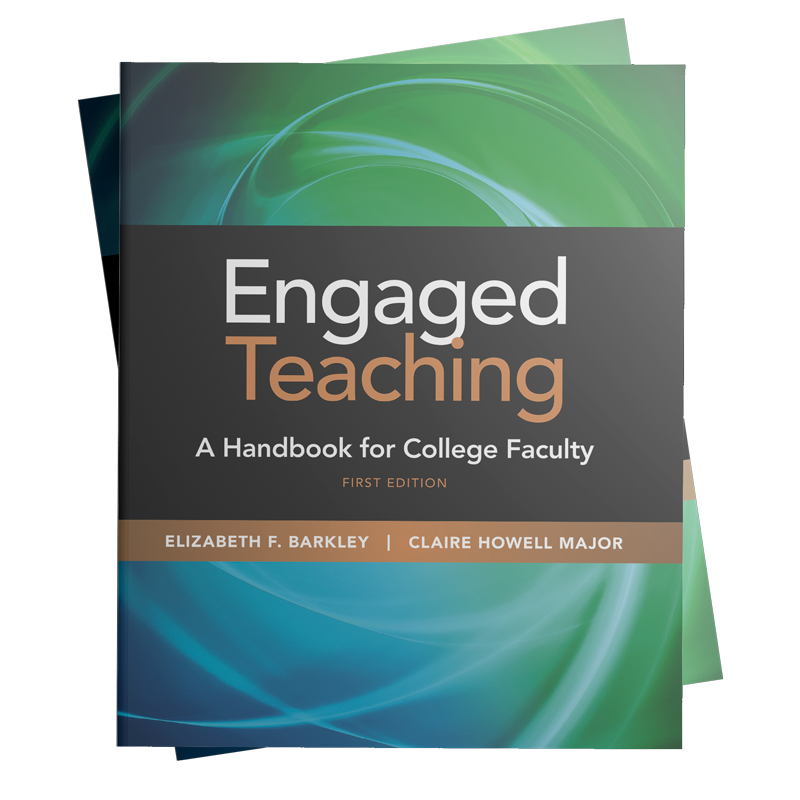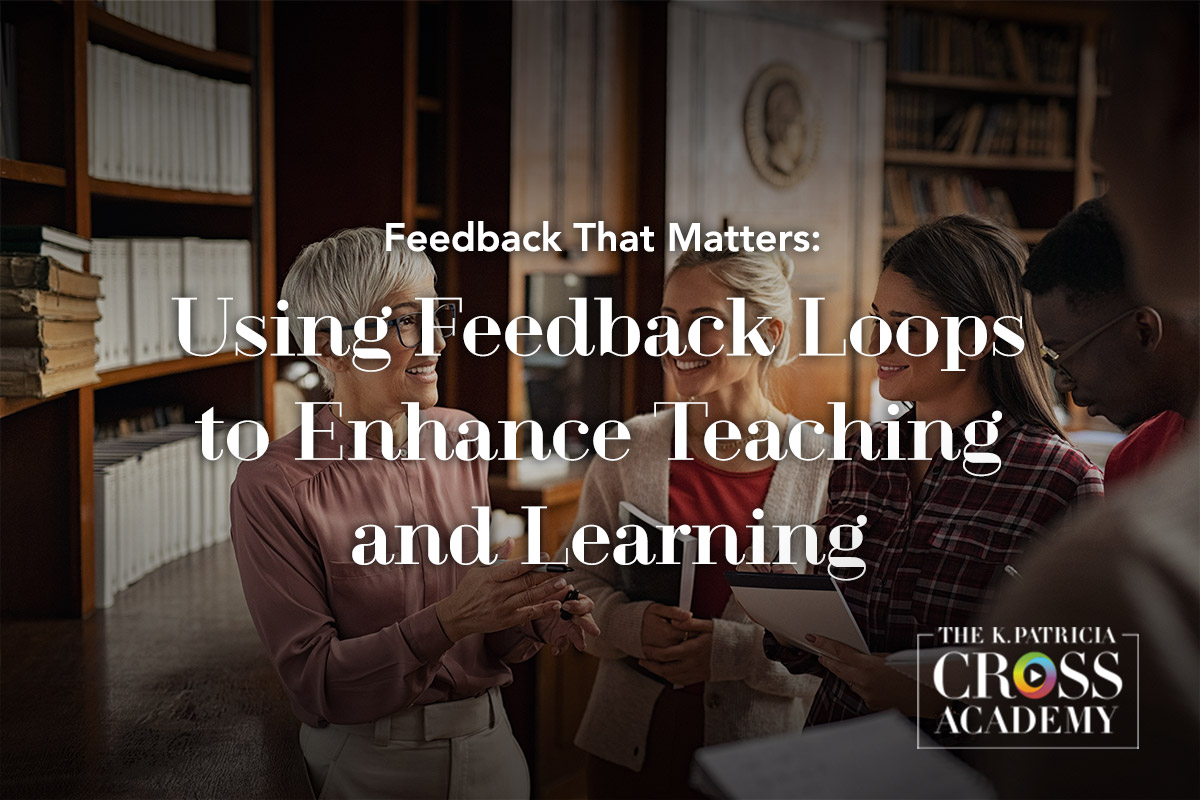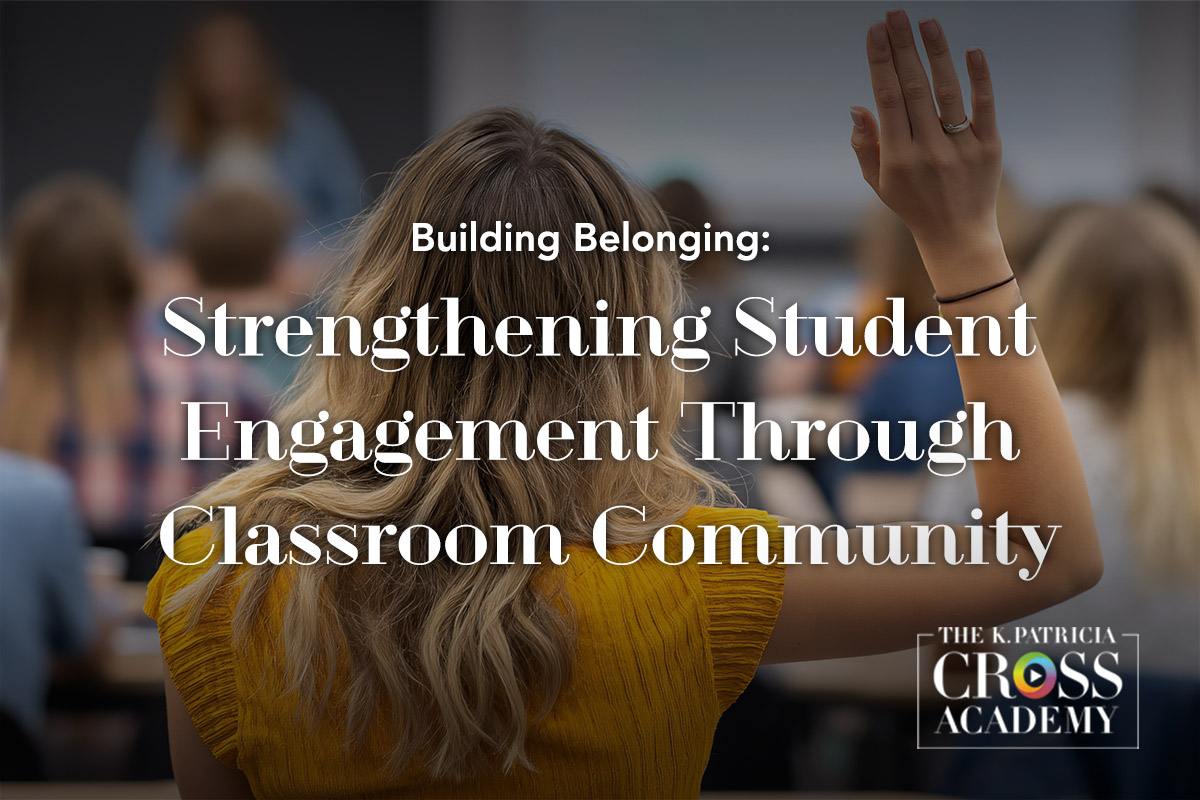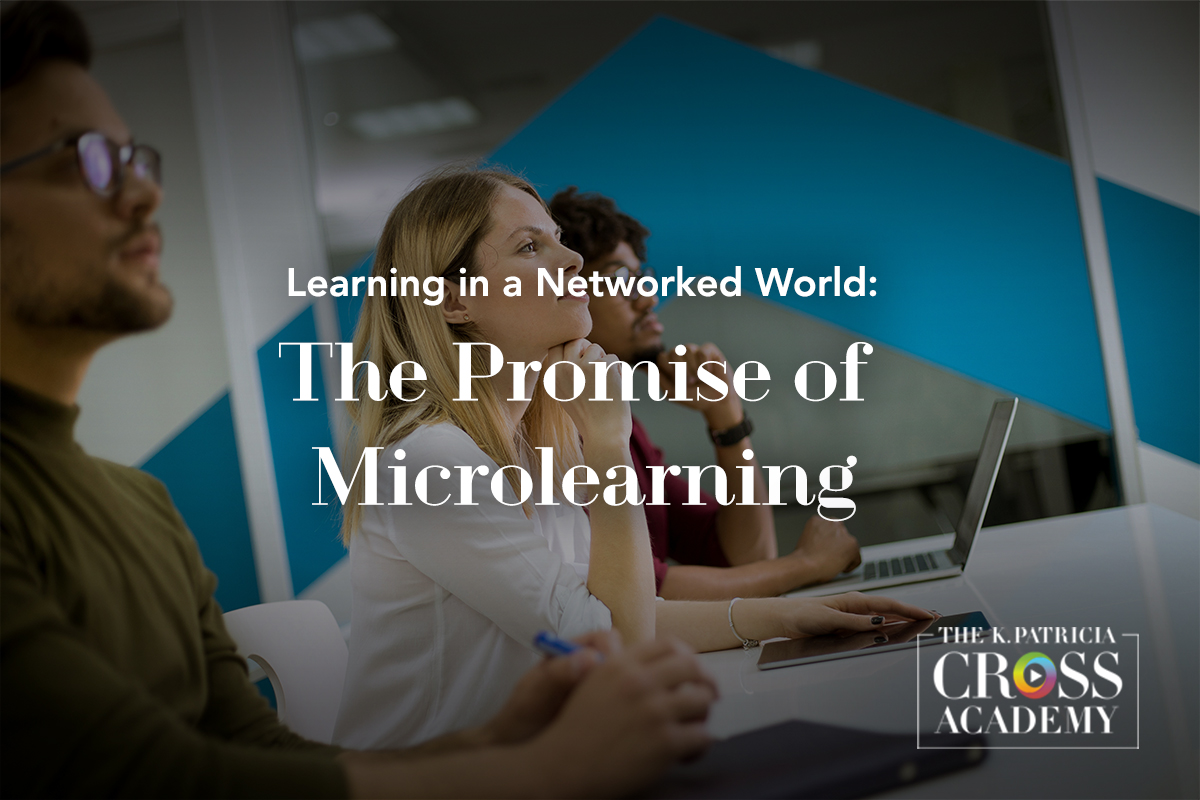
“Learning is not attained by chance, it must be sought for with ardor and attended to with diligence.” ~ Abigal Adams
One of the most often cited works on learning, and one we refer to often, is John Bransford, Ann Brown, and Rodney Cocking’s 2000 work appropriately titled How People Learn: Brain, Mind, Experience, and School. The report, which was commissioned by the National Research Council, presents research in cognitive science and connects the findings to implications for teaching and learning. You can find the full report, all 374 pages of it, here: https://www.nap.edu/read/9853/chapter/1
Helpfully, the staff at the Center for Teaching at Vanderbilt University have developed a teaching guide with highlights from the report. For their summary, see the following link: https://cft.vanderbilt.edu//cft/guides-sub-pages/how-people-learn/
The CFT staff hone in on the nature of expertise and the challenges students face as they seek to develop expertise. The staff suggest that teachers should seek to gauge student levels of knowledge and that we should also make our thinking visible to students so that we are modeling our expertise.
We hope that you find these resources helpful. As always, if you know of an interesting resource that we should feature, please drop us a line at kpcrossacademy@ua.edu; we will of course credit you for the information you share.
Suggested Citation
Barkley, E. F., & Major, C. H. (n.d.). How they learn. CrossCurrents. https://kpcrossacademy.ua.edu/how-they-learn/

Engaged Teaching
A Handbook for College Faculty
Available now, Engaged Teaching: A Handbook for College Faculty provides college faculty with a dynamic model of what it means to be an engaged teacher and offers practical strategies and techniques for putting the model into practice.





